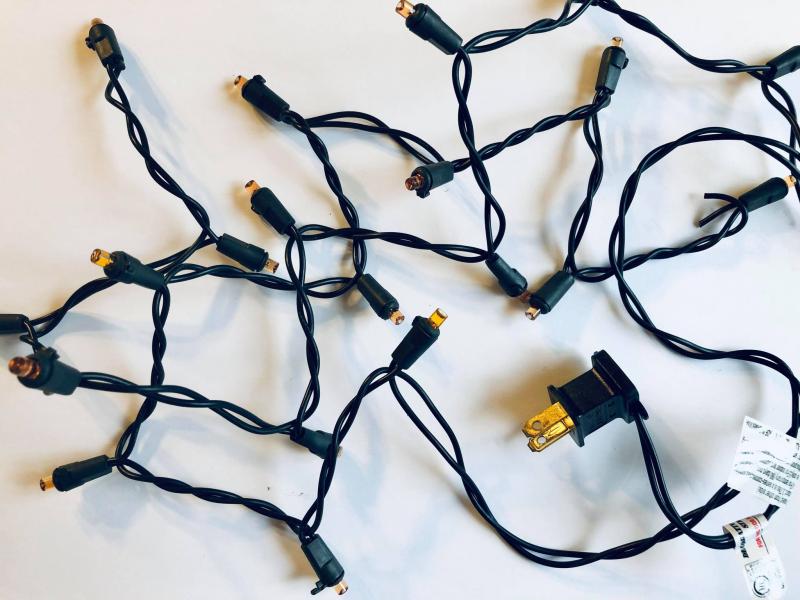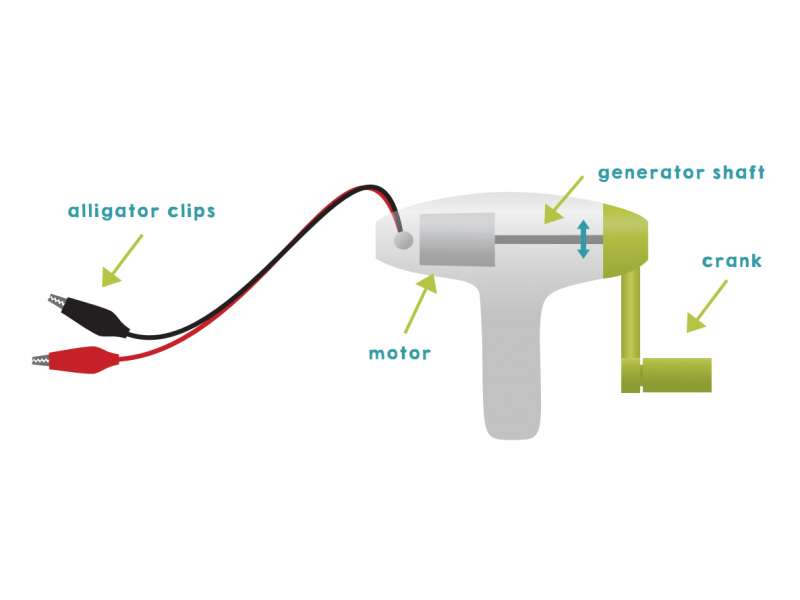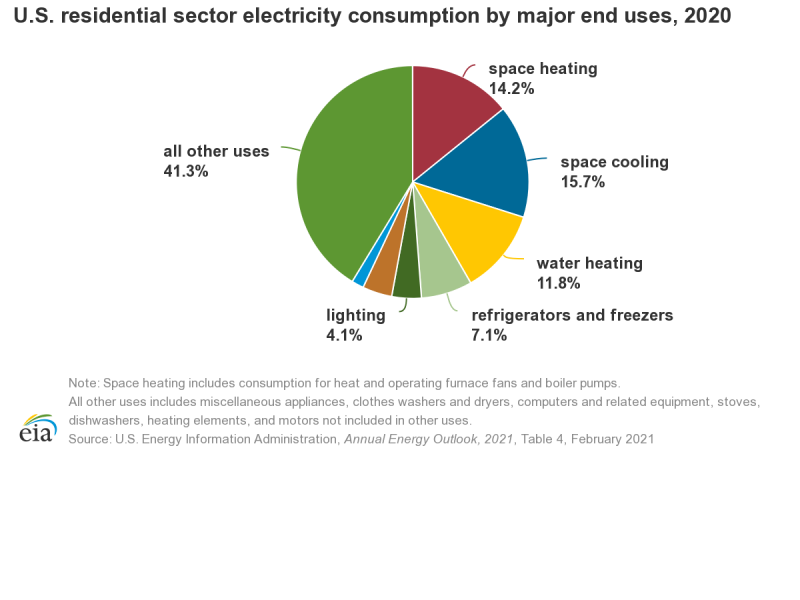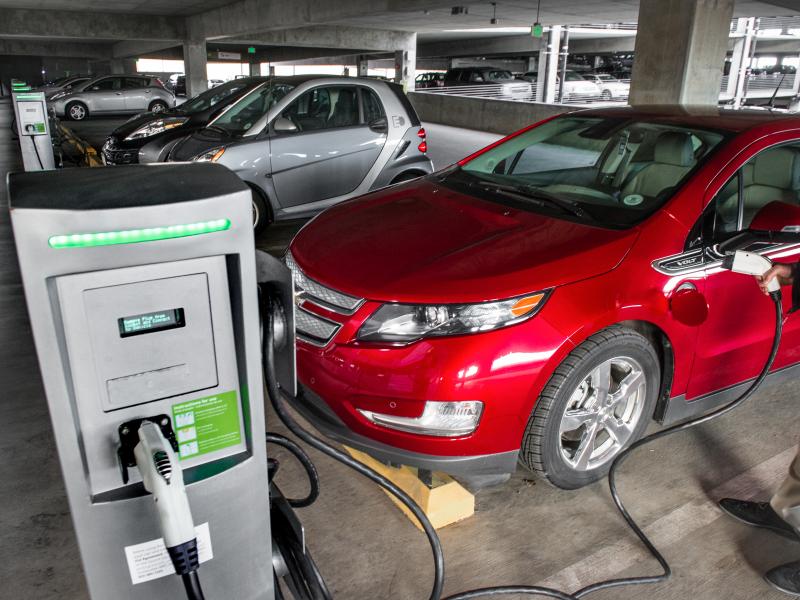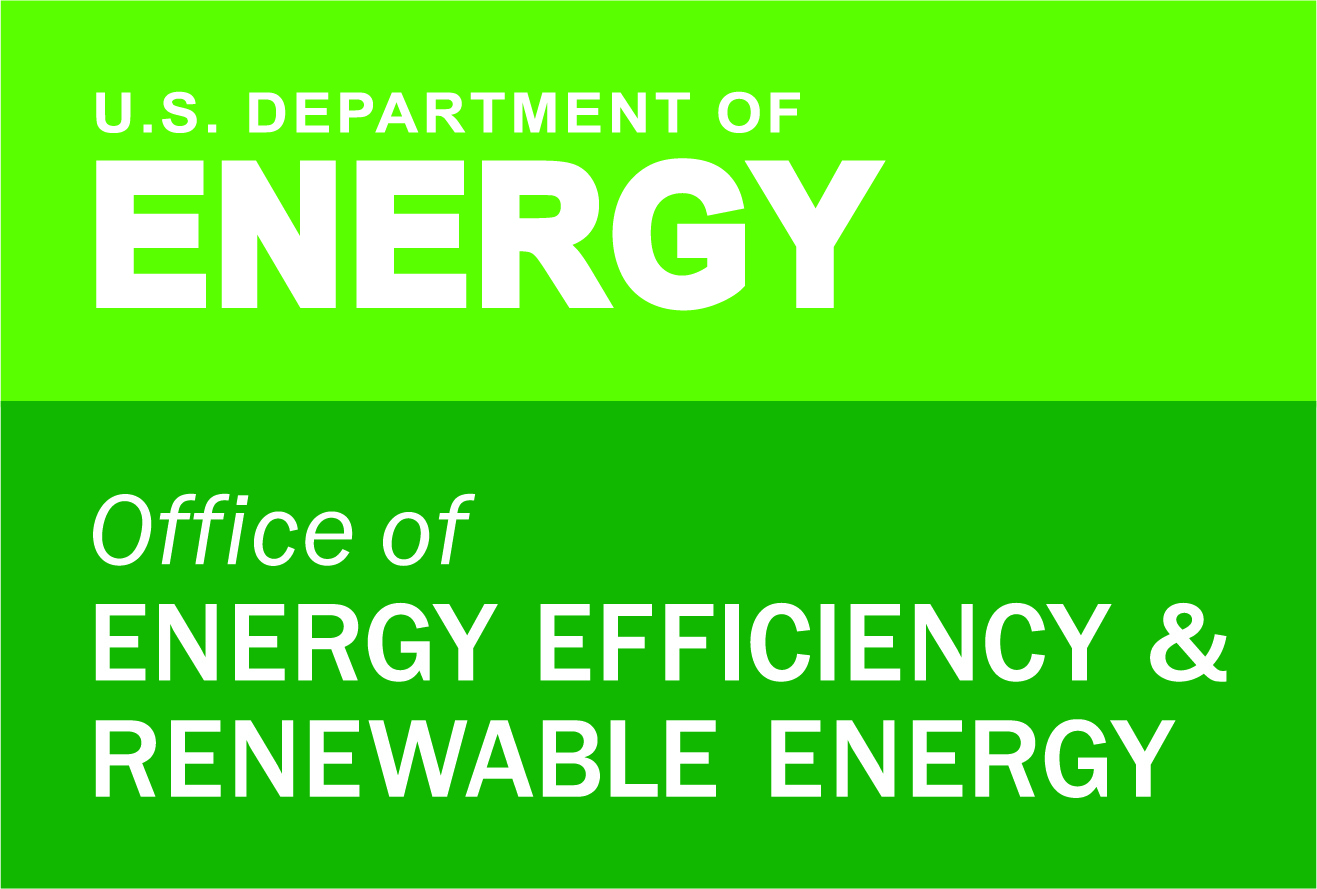About This Unit
In this unit, students investigate an everyday phenomenon: electric lights turning on. Students observe two strings of LED lights turn on. One is battery powered and one is powered by plugging into the wall outlet. Students record their observations and “wonderings”. The class develops a Driving Question Board (DQB), that helps generate ideas for investigations. Their questions drive the flow of the unit. Students plan and carry out their own investigations to answer these questions, which includes investigating electricity production and delivery, considering when and how to conserve, and recent and future changes in the energy system including changes in transportation energy demands. The unit culminates in a family action plan that the students develop and a plan for a clean energy community information event.
Part 1: Production
What happens when we turn on a light?
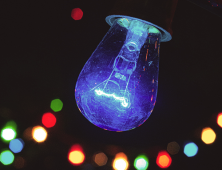
electricity?
How is electricity produced?
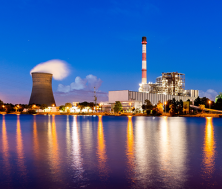
Batteries store energy in chemical form.
Photovoltaic (PV) cells, or solar cells produce electricity directly from light.
Which energy sources power generators?

Generators can be powered by steam, wind, or moving water.
We can power a small generator.
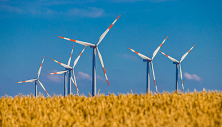
Intermittent production
CO2 emissions
Nuclear waste
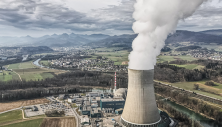
Climate change
Use of non-renewable resources
What is renewable energy?
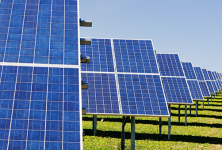
Renewable energy sources are constantly replenished.
Part 2: Delivery
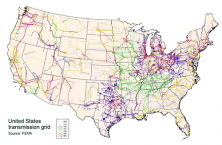
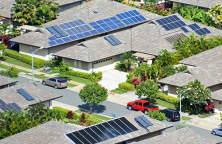
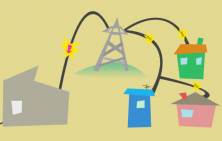
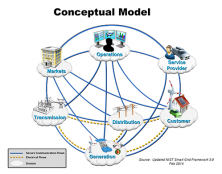
Smart grid sensors add efficiency and reliability.
Part 3: Efficiency
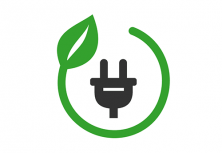
Reduce pollution
Mitigate climate change
What are our energy choices?
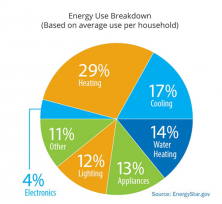
Natural Gas: Cooking/Heating
Oil: Transportation
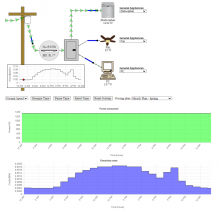
Produce power and send it to the grid
Use less energy and use it more efficiently
Energy star/LED lighting
Weatherization
Part 4: Changes
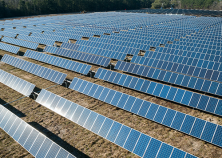
Using solar energy to heat water for steam
Neighborhood or community micro-grid
Large scale storage
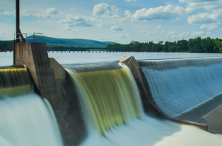
Electricity can be used more for transportation and heating.
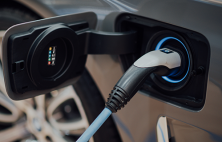
EV to grid
Storage
Can we replace fossil fuel powered transportation and heating with electric power?
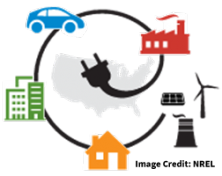
Electric transportation and electric heat can help reduce or eliminate fossil fuel use.
Battery powered lawn mowers.
Teacher Guide
This document details the flow of lessons from the teacher perspective, including lab set-up and safety instructions, suggestions for discussion prompts, and examples of student work to assist in planning. Individual lessons from the Pathway document are included for reference, followed by detailed learning plans.
Material & Supply List
A number of consumable and non-consumable materials and supplies are used during investigations. Some additional, optional equipment can enhance the investigations if available.
Check Out Energy Kits from the Library
IEPA Energy Kits containing the necessary non-consumable materials for this curriculum are available for checkout at libraries in the Illinois Library System. Click the links below to request the kit through the Illinois Heartland Library System or share them with your local librarian to help you request the kits through interlibrary loan.
Student Activity Sheets
Lessons in the Teacher Guide reference specific activity sheets; you can find links to these sheets below.
- Anchoring Activity: Used in Lesson 1 to help students organize their observations and questions about how strings of lights turn on.
- First Circuits Activity: Used in Lesson 2 to build circuits and power them with various power sources.
- Generators Activity: Used in Lesson 3 to think critically about how generators work and how they are powered.
- Power Grid Activity: Used in Lesson 5 to investigate the system of generators, transmission lines, and users of electricity.
